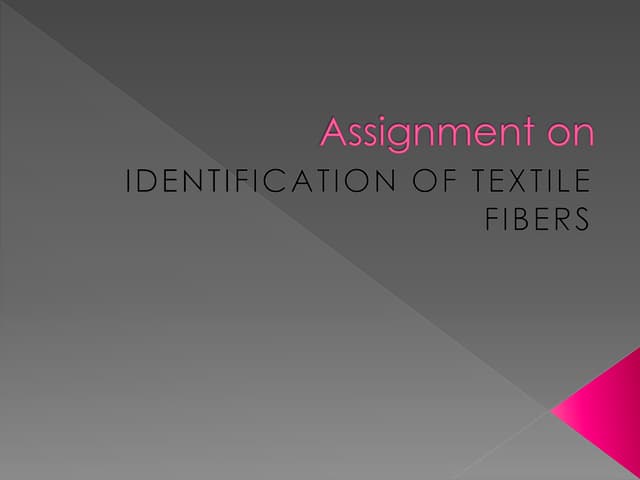For years I always stropped on fabric before leather. I never thought through why I did that. I just accepted that it was the proper way to strop. When I saw strops with only a leather component, I questioned how the maker could omit the fabric. I vaguely recall reading explanations as to why it was necessary to first strop on fabric, such as the fabric somehow preparing the edge for the leather. None of these explanations offered a reasoned rationale, but I always kept up the routine.
I finally decided to test the concept. Starting on January 1 of this year, I stopped stopping on fabric. I haven't stropped on fabric all year, and on September 30 it was 9 months that my blades do not touch fabric. The result of my 9 month experiment is that I cannot discern any benefit from stopping on fabric. My shaves from stopping on leather alone are the same as from stopping on fabric and leather.
If you strop on fabric before leather, what is your reasoning underlying this practice?
I finally decided to test the concept. Starting on January 1 of this year, I stopped stopping on fabric. I haven't stropped on fabric all year, and on September 30 it was 9 months that my blades do not touch fabric. The result of my 9 month experiment is that I cannot discern any benefit from stopping on fabric. My shaves from stopping on leather alone are the same as from stopping on fabric and leather.
If you strop on fabric before leather, what is your reasoning underlying this practice?

